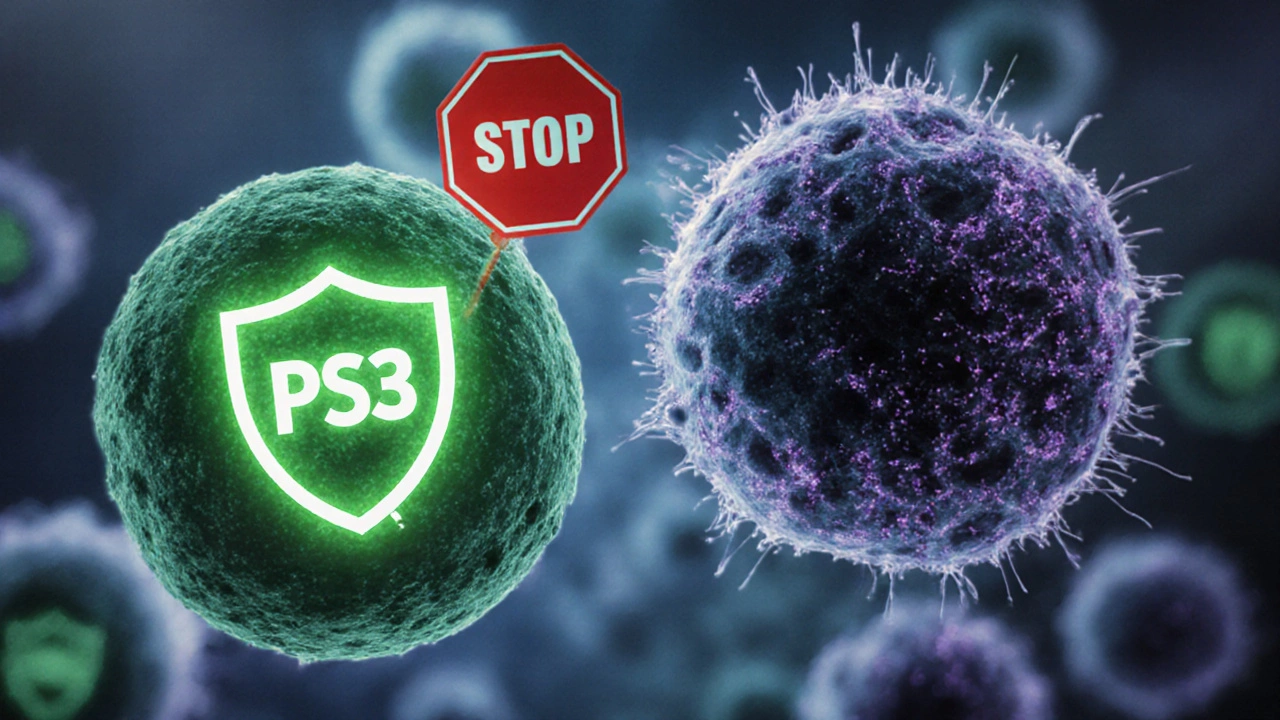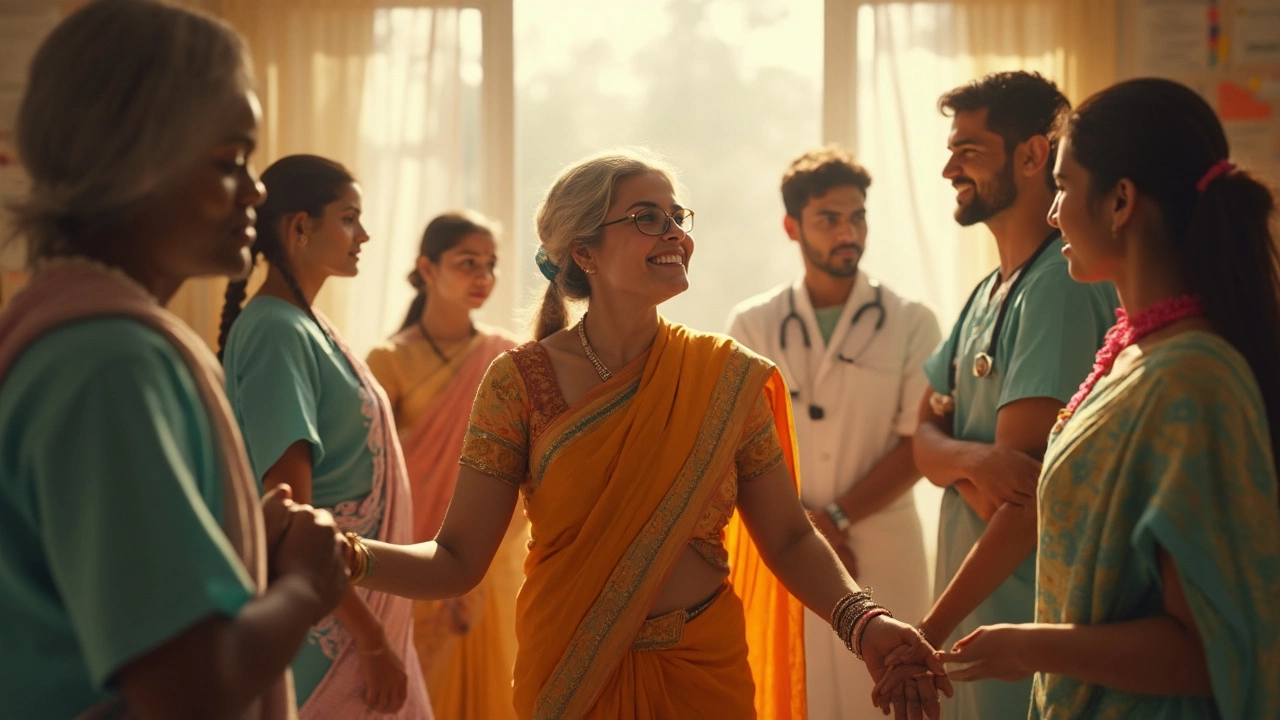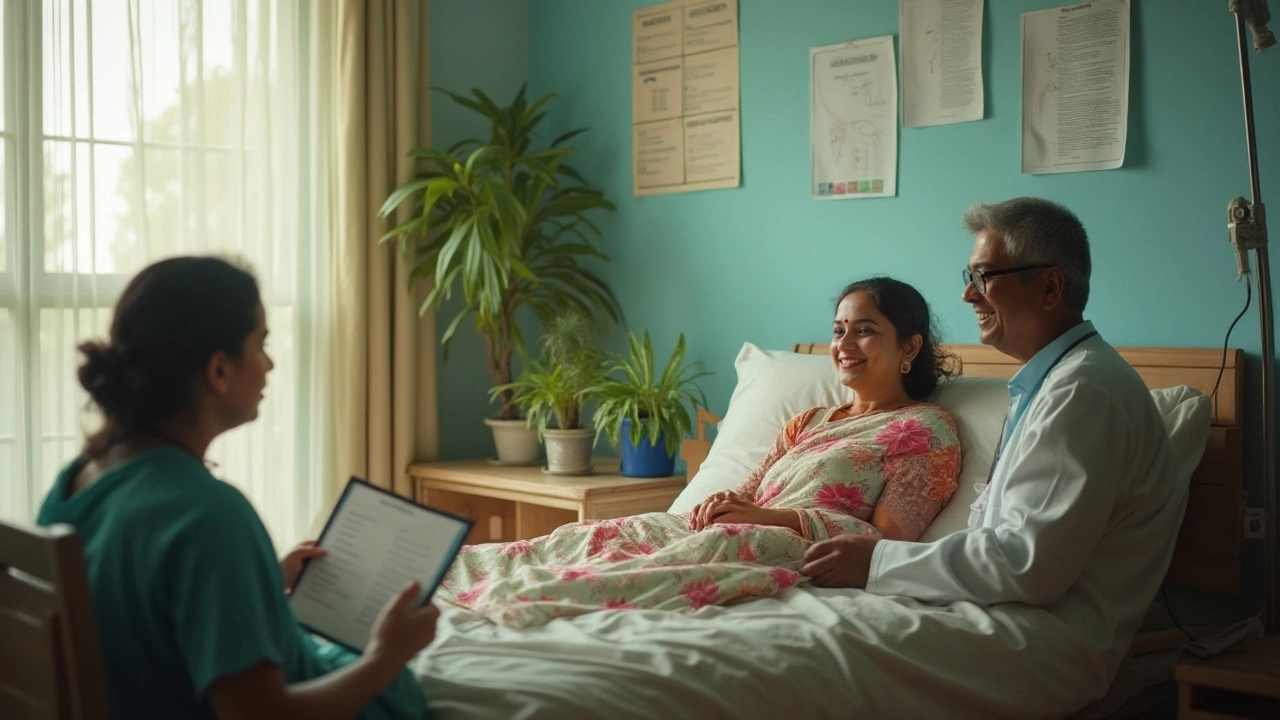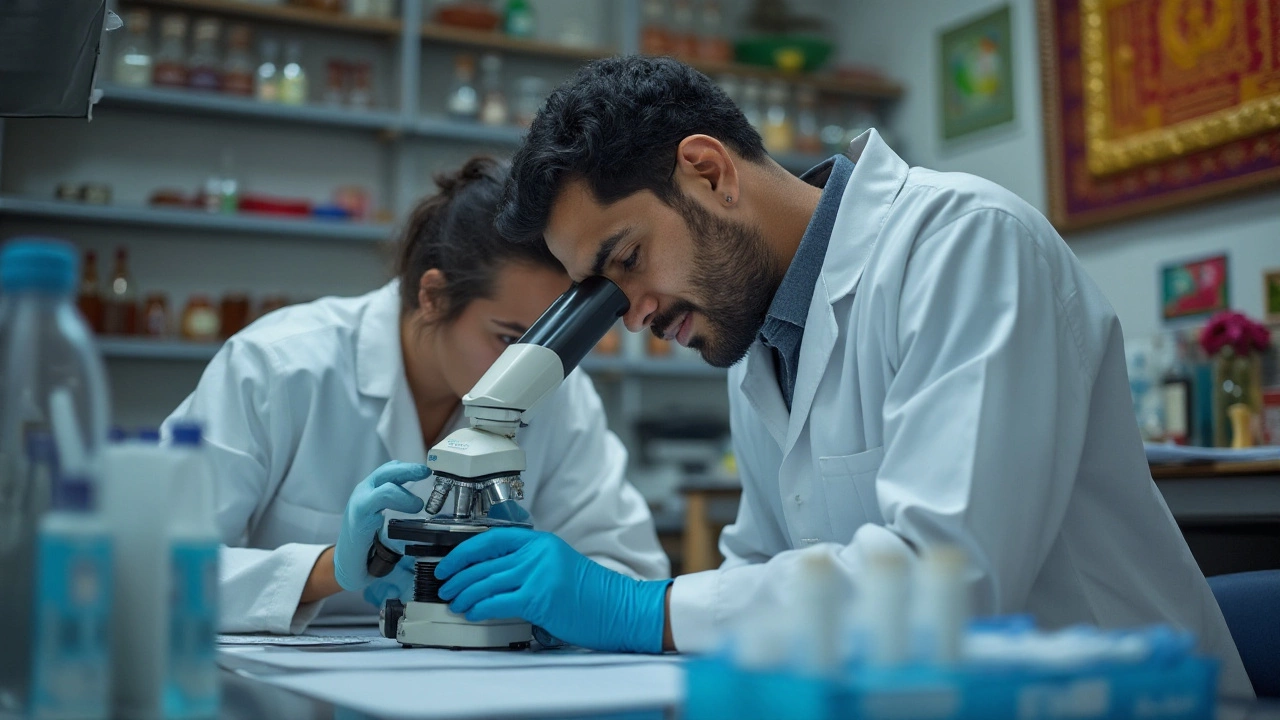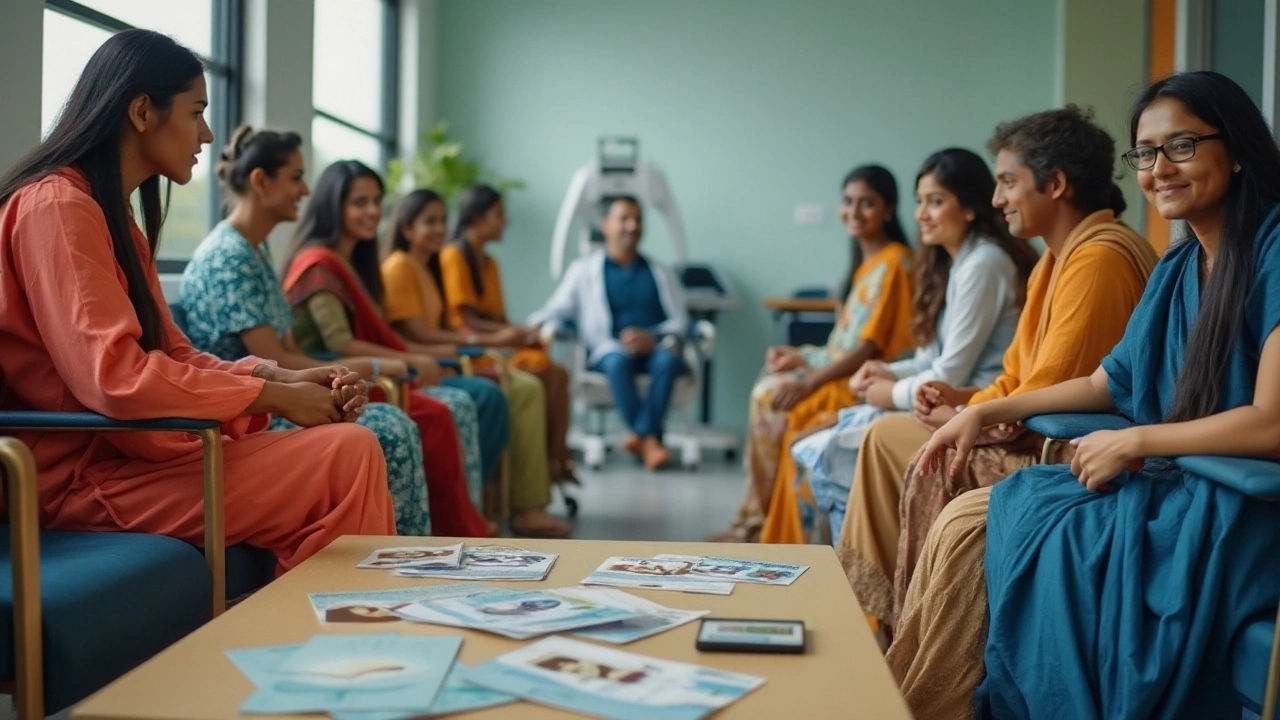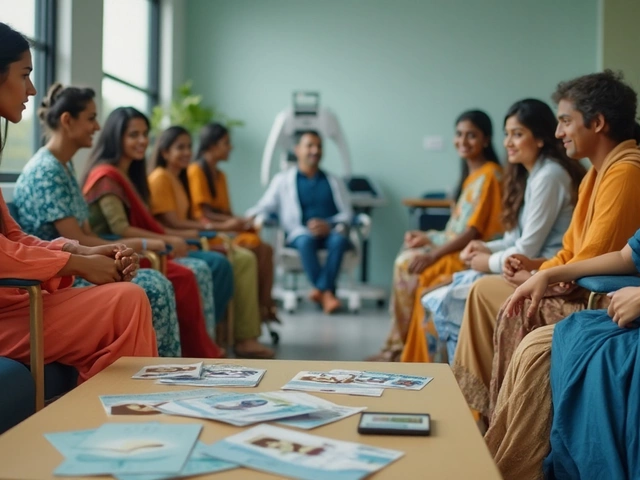Cancer Treatment Guide: What’s New, How It Works, and Practical Tips
Facing a cancer diagnosis can feel like stepping into a maze. The good news? Today’s treatments are more precise and tolerable than ever. Whether you’re a patient, a family member, or just curious, this guide breaks down the main options, what to expect, and how to pick the right path for you.
Understanding the Main Treatment Types
Chemotherapy is the classic drug‑based approach. It circulates through the blood and attacks fast‑growing cells. Newer regimens use lower doses over longer periods, which reduces nausea and hair loss for many. If you’re in India, major hospitals now offer personalized dosing based on genetic testing, so you get exactly what you need.
Immunotherapy harnesses your own immune system to target cancer cells. Think of it as teaching the body to recognize the enemy. Checkpoint inhibitors, like pembrolizumab, have shown impressive results for lung and skin cancers. Side effects are usually milder—some people get a flu‑like fever, but severe reactions are rare.
Targeted Therapy zeros in on specific mutations that drive tumor growth. Drugs such as trastuzumab for HER‑2 positive breast cancer act like a lock and key, sparing healthy cells. In India, many oncologists now test tumors for common mutations before deciding on a targeted plan.
Radiation Therapy uses high‑energy beams to shrink tumors. Modern techniques like IMRT (Intensity‑Modulated Radiation Therapy) shape the beam to the tumor’s outline, protecting nearby organs. Patients often finish a course in a few weeks, and side effects are limited to skin irritation or mild fatigue.
Surgery still plays a key role when tumors are resectable. Advances in minimally invasive and robotic surgery mean smaller cuts, faster healing, and less pain. If you need a complex operation, look for hospitals with JCI accreditation for safety standards.
Choosing the Right Approach for You
Choosing a treatment isn’t a one‑size‑fits‑all decision. Start by asking your oncologist about a multidisciplinary team—doctors from surgery, medical oncology, radiology, and nutrition should all weigh in. Ask for a written treatment plan that outlines the sequence of therapies, expected side effects, and follow‑up schedule.
Consider your personal goals. Some patients prioritize extending life, while others focus on quality of life and minimal side effects. If you have a chronic condition like diabetes, let your doctor know—certain chemo drugs can affect blood sugar.
Financial planning matters too. India has several schemes, such as Ayushman Bharat, that cover high‑cost treatments. Ask the hospital’s billing office for a clear cost breakdown and explore generic drug options when possible.
Support systems are a game‑changer. Join a local cancer support group or an online forum. Sharing experiences with others who’ve been through similar treatments can reduce anxiety and provide practical hacks—like the best foods to manage nausea or the most comfortable clothing during radiation.
Finally, track how you feel. Keep a simple journal of side effects, energy levels, and mood. Bring it to each appointment so your doctor can tweak doses or add supportive meds. Small adjustments—like a probiotic for gut health or a short walk—can make a big difference in comfort.
Remember, cancer treatment today blends science and personalization. By staying informed, asking the right questions, and building a solid support network, you can navigate the maze with confidence and hope.
